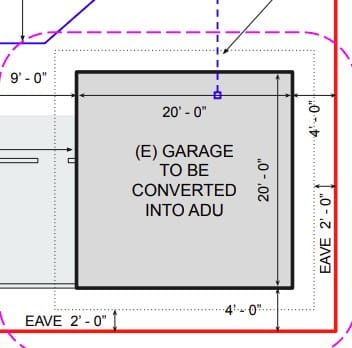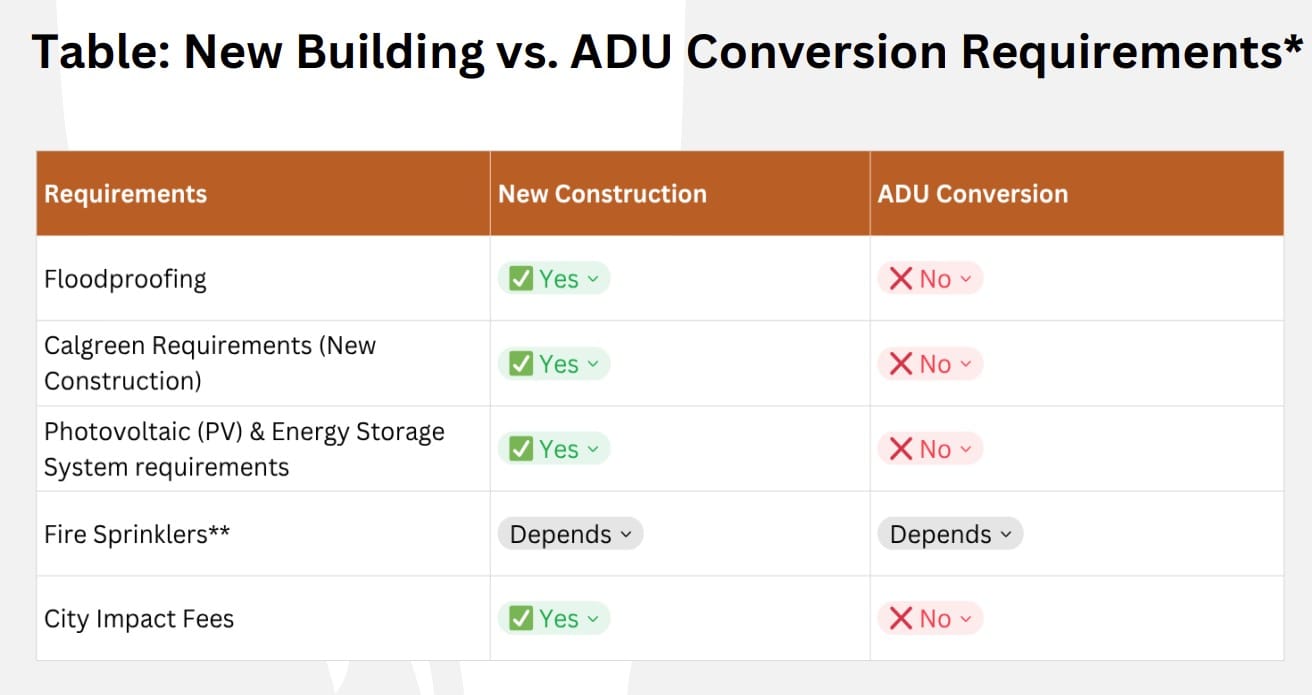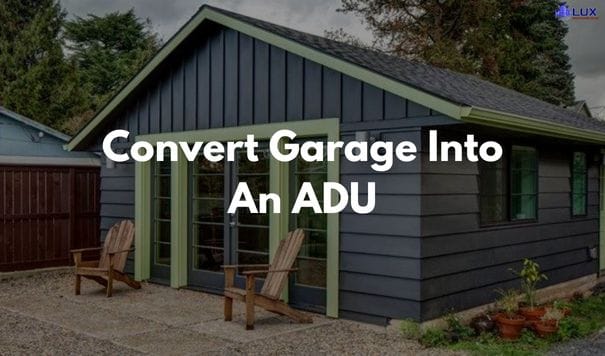Let's start with an obvious statement: East Palo Alto has a severe housing shortage and we need to build a lot more housing to meet the extreme demand.
At a recent City Council meeting, we considered an appeal from a resident seeking to convert their existing backyard garage into a 20x20 studio apartment, also known as an Accessory Dwelling Unit (ADU). This modest $150,000 project aims to create "naturally affordable" housing, with an estimated rent under $2000 per month. I was the only vote on City Council to support this appeal, and I want to expand on why I think the City of East Palo Alto made a mistake in stopping this construction.
First some background. The original plan involved replacing the garage roof while retaining three existing walls and the concrete footings of the foundation. The concrete slab, roof, and one of the walls was ok'd for demolition in the plan. However, during construction, significant issues were discovered: the wood framing was deteriorated, and the concrete footings lacked the necessary rebar for structural soundness.

Due to safety concerns, the project manager decided to remove the compromised walls. This action led East Palo Alto’s building inspector to classify the project as new construction, rather than a garage conversion. This reclassification imposes different and more stringent building requirements, such as a raised foundation, solar panels, and a sprinkler system. These new demands would substantially increase construction costs and cause significant delays, potentially by many months or even a year or more.

The resident's appeal argues that the project's final design remains identical to the one initially approved by the planning commission. They contend that replacing the faulty walls and foundation should be considered a necessary "repair" to ensure a safer, higher-quality ADU, not a deviation from the approved plan. There would have been literally no difference from the approved project, and the end result would have been a better constructed ADU, not one that took shortcuts on safety.
One possibility, though impractical, would have been to replace each damaged board individually. This approach might have satisfied bureaucratic requirements by avoiding a "demolition" classification, but it would have been inefficient and expensive, prioritizing procedure over common sense.
The developer's intent was not to alter the approved ADU design but to ensure its structural integrity and quality. This situation is not unique. EPACANDO (a local community organization) highlighted that discovering unforeseen issues like mold, asbestos, or deteriorated materials is common in older building conversions. In such cases, starting fresh often becomes the most sensible approach rather than attempting to salvage substandard materials.
I voted in favor of the appeal. As a city, we face a choice: either facilitate the construction of new homes or hinder development through excessive bureaucracy, costly permits and fees, restrictive building codes, and lengthy delays. It is the City of East Palo Alto's and the State of California's policy that we want to encourage these types of conversions and build more naturally affordable housing. We should not penalize minor procedural changes that don't make any difference to the final housing that the city already approved.
East Palo Alto's housing development record over the past two decades has been lousy. We must shift towards a default stance of "yes" to housing, streamlining the process for even small projects like this 400-square-foot ADU, rather than making it unnecessarily difficult, slow, and expensive.
